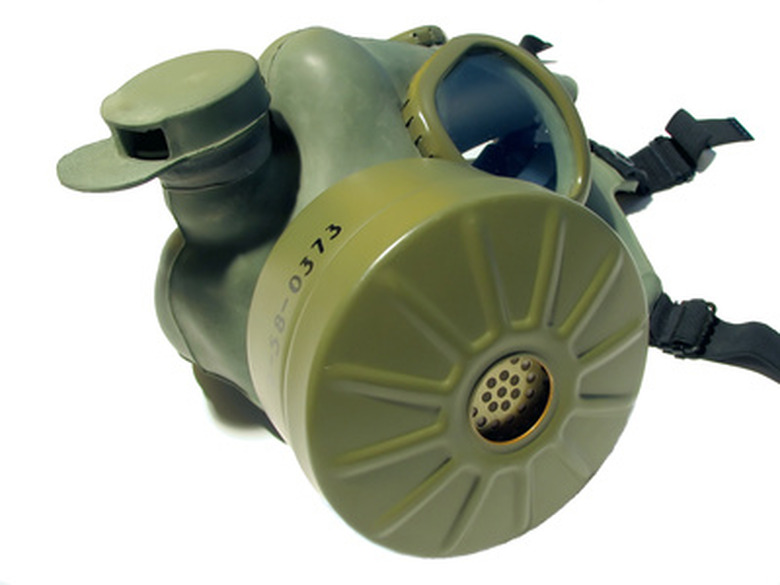Why Is Silica Gel Insoluble In Water?
When it comes to the dissolution of a compound, the rule of like dissolving like usually applies. That means that an ionic liquid would dissolve an ionic solid, and an organic liquid would dissolve an organic molecule. Compounds that have properties similar to ionic solids or organic solids would follow the same formula. However, silica gel is unique in the fact that it is not a gel, nor will it dissolve in most liquids. In fact, it actually absorbs water and other liquids instead of dissolving in them.
Properties of Silica Gel
Properties of Silica Gel
Silica gel is actually a glass-like structure usually found in a bead-like form with the chemical formula of SiO?. Because of its ability to absorb water and a variety of other liquids, it is widely used in industry and as a desiccant. Its ability to absorb a large amount of liquid is due to its highly porous structure and large internal surface area. And although silicon is in the same chemical group as carbon on the periodic chart and usually reacts in a similar fashion, silica gel absorbs ionic liquids and organic liquids.
Common Uses
Common Uses
Most people come into contact with silica gel when they find small packets of it packaged in with a product they've purchased, especially when it comes to electronics. The purpose of those packets is to absorb any water vapor found in the package—especially important when it comes to electronics. Silica gel's ability to absorb water vapor is almost legendary—it is able to absorb 40 percent of its own weight in water vapor.
Other properties
Other properties
Even though silica gel can absorb a large amount of liquid, its outside surface can remain dry to the touch. Since it is lighter in weight than other absorbant materials, it is preferred for shipping. It also has a long shelf life and does not require any special handling precautions.
Reusability
Reusability
Silica gel can also be reused—it simply needs to be reheated to remove the moisture it has already absorbed, making it very cost effective. In addition, silica gel does not react with most other materials, which allows for safe storage, and with the exception of very strong alkalis or hydrofluoric acid, nothing reacts with it
History
History
Silica gel was once a scientific curiosity. First discovered in the 1600s, it became an important factor in World War I when used in gas mask canisters to filter dangerous fumes. A chemistry professor from John Hopkins finally patented it in 1919 and along with Grace Davison, a Maryland-based chemical company, began to develop it. First sold to the public in 1923, sales did not catch on until World War II when it was found helpful in keeping medicines, equipment and supplies dry.
Cite This Article
MLA
Kaberline, Carolyn. "Why Is Silica Gel Insoluble In Water?" sciencing.com, https://www.sciencing.com/silica-gel-insoluble-water-6472255/. 24 April 2017.
APA
Kaberline, Carolyn. (2017, April 24). Why Is Silica Gel Insoluble In Water?. sciencing.com. Retrieved from https://www.sciencing.com/silica-gel-insoluble-water-6472255/
Chicago
Kaberline, Carolyn. Why Is Silica Gel Insoluble In Water? last modified March 24, 2022. https://www.sciencing.com/silica-gel-insoluble-water-6472255/

